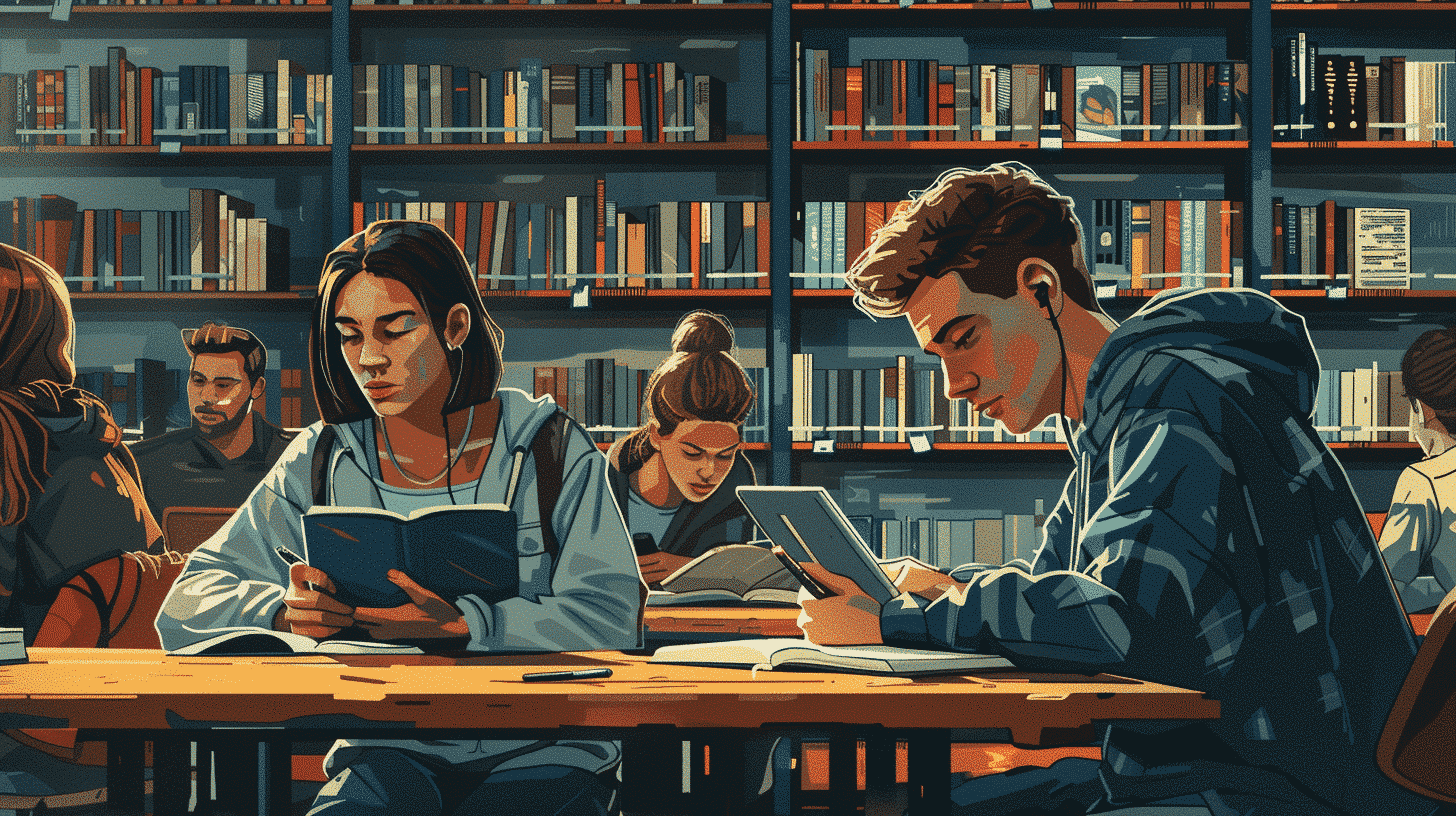Understanding the Roots of Romanian Culture
Romanian culture is a unique blend shaped by its geographic position at the crossroads of Central, Eastern, and Southeastern Europe. It reflects influences from the Roman Empire, the Ottoman Empire, Slavic neighbors, and other European powers throughout history. This amalgamation created a culture rich in folklore, language, and customs, preserving a sense of national identity that is both proud and welcoming.
The Historical Influences Behind Romanian Identity
Romania’s culture cannot be understood without considering its complex history:
- Roman Heritage: The Romanian language is a Romance language, rooted in Latin, a direct legacy of Roman colonization in the region known as Dacia.
- Byzantine and Ottoman Impact: Byzantine art and Orthodox Christianity have deeply influenced religious traditions, while Ottoman rule introduced new culinary and musical elements.
- Slavic and Hungarian Contributions: Proximity to Slavic nations and Hungary brought linguistic and cultural exchanges, evident in festivals, attire, and architectural styles.
Language as a Cultural Pillar
The Romanian language is a gateway into understanding the culture. It carries the traces of its Latin roots along with Slavic, Greek, and Turkish loanwords, reflecting historical interactions. Learning Romanian offers insights into cultural nuances, idioms, and expressions that embody the Romanian worldview.
Romanian Traditions and Customs: A Living Heritage
Romanian customs are a vibrant part of everyday life, especially in rural areas where ancient traditions thrive alongside modernity.
Festivals and Celebrations
Romania boasts a calendar filled with colorful festivals that celebrate religious, seasonal, and historical events:
- Mărțișor (March 1st): This spring festival celebrates renewal and health, where people exchange small red and white trinkets symbolizing life and purity.
- Easter Traditions: Romanian Easter is marked by unique customs such as painting eggs with intricate designs and attending midnight mass.
- Christmas Customs: Carols and nativity plays (colinde) are performed, and traditional foods like cozonac (sweet bread) are shared.
- Dragobete (February 24th): Known as the Romanian Valentine’s Day, this festival honors love and youth with dances and songs.
Traditional Clothing and Crafts
Romanian folk costumes vary by region but are characterized by embroidered shirts, woven belts, and woolen skirts or trousers. These garments are often handmade with symbolic motifs passed down through generations. Traditional crafts include pottery, woodcarving, and weaving, reflecting local artistry and heritage.
Romanian Music and Dance: Rhythms of the Soul
Music and dance are integral to Romanian cultural identity, ranging from folk traditions to contemporary genres.
Folk Music and Instruments
Romanian folk music is known for its emotive melodies and intricate rhythms. Popular instruments include:
- Cimpoi: The Romanian bagpipe, producing haunting sounds.
- Țambal: A hammered dulcimer used in lively dances.
- Violin and Accordion: Essential in many folk ensembles.
Traditional Dances
Dances such as the hora (circle dance) and sârba are communal expressions of joy and social cohesion. These dances often accompany festivals and weddings, inviting participation from all generations.
Exploring Romanian Cuisine: A Culinary Journey
Romanian food is a reflection of the country’s agricultural heritage and multicultural influences.
Signature Dishes
Some must-try Romanian dishes include:
- Sarmale: Cabbage rolls stuffed with minced meat and rice, slow-cooked in tomato sauce.
- Mămăligă: A cornmeal porridge similar to polenta, often served with cheese or sour cream.
- Ciorbă de burtă: A traditional tripe soup with a sour cream base.
- Mititei: Grilled ground meat rolls seasoned with garlic and spices.
Sweet Treats
Romania offers delightful desserts such as:
- Papanasi: Fried or boiled doughnuts filled with sweet cheese and topped with jam.
- Coșulețe cu fructe: Mini fruit tarts popular during holidays.
Romanian Art and Architecture: A Visual Delight
Romanian art is a blend of folk, religious, and modern influences, visible in its diverse architectural styles and artistic expressions.
Iconography and Religious Art
Orthodox Christianity has inspired a rich tradition of icon painting and church frescoes, especially in famous monasteries such as those in Bucovina. These artworks are not only religious symbols but also cultural treasures.
Architectural Highlights
Romania’s architectural landscape is varied:
- Medieval Fortresses: Bran Castle and Corvin Castle offer glimpses into the country’s medieval past.
- Brâncovenesc Style: A unique Romanian Renaissance architectural style combining Byzantine and Baroque elements.
- Modernist Movements: Cities like Bucharest showcase Art Deco and Bauhaus influences.
Practical Tips for Immersing Yourself in Romanian Culture
Learn Basic Romanian Phrases
Even a simple greeting or thank you in Romanian can open doors and endear you to locals. Some useful phrases include:
- Bună ziua – Hello
- Mulțumesc – Thank you
- Vă rog – Please
- La revedere – Goodbye
Using language learning apps like Talkpal can accelerate your proficiency and provide conversational practice with native speakers.
Respect Local Etiquette
Romanian culture values politeness and hospitality. When visiting homes, it’s customary to bring a small gift such as flowers or sweets. Removing shoes upon entering a home is often appreciated.
Participate in Festivals and Community Events
Engaging with local celebrations offers authentic cultural experiences. Check local calendars and consider visiting rural areas where traditions are preserved in their purest form.
Explore Museums and Cultural Centers
Museums like the National Museum of Romanian History and the Village Museum in Bucharest provide in-depth insights into the country’s cultural evolution.
Conclusion: Embrace the Romanian Cultural Experience
Discovering the charm of Romanian culture is an enriching journey filled with vibrant traditions, artistic heritage, and warm hospitality. Whether you are a traveler seeking unique experiences or a language learner aiming to deepen your knowledge, immersing yourself in Romania’s cultural fabric promises unforgettable memories. Leveraging tools like Talkpal to learn the Romanian language will not only enhance communication but also unlock deeper cultural understanding. Embrace the rhythms, tastes, and stories of Romania, and let its timeless charm inspire your personal and educational adventures.









